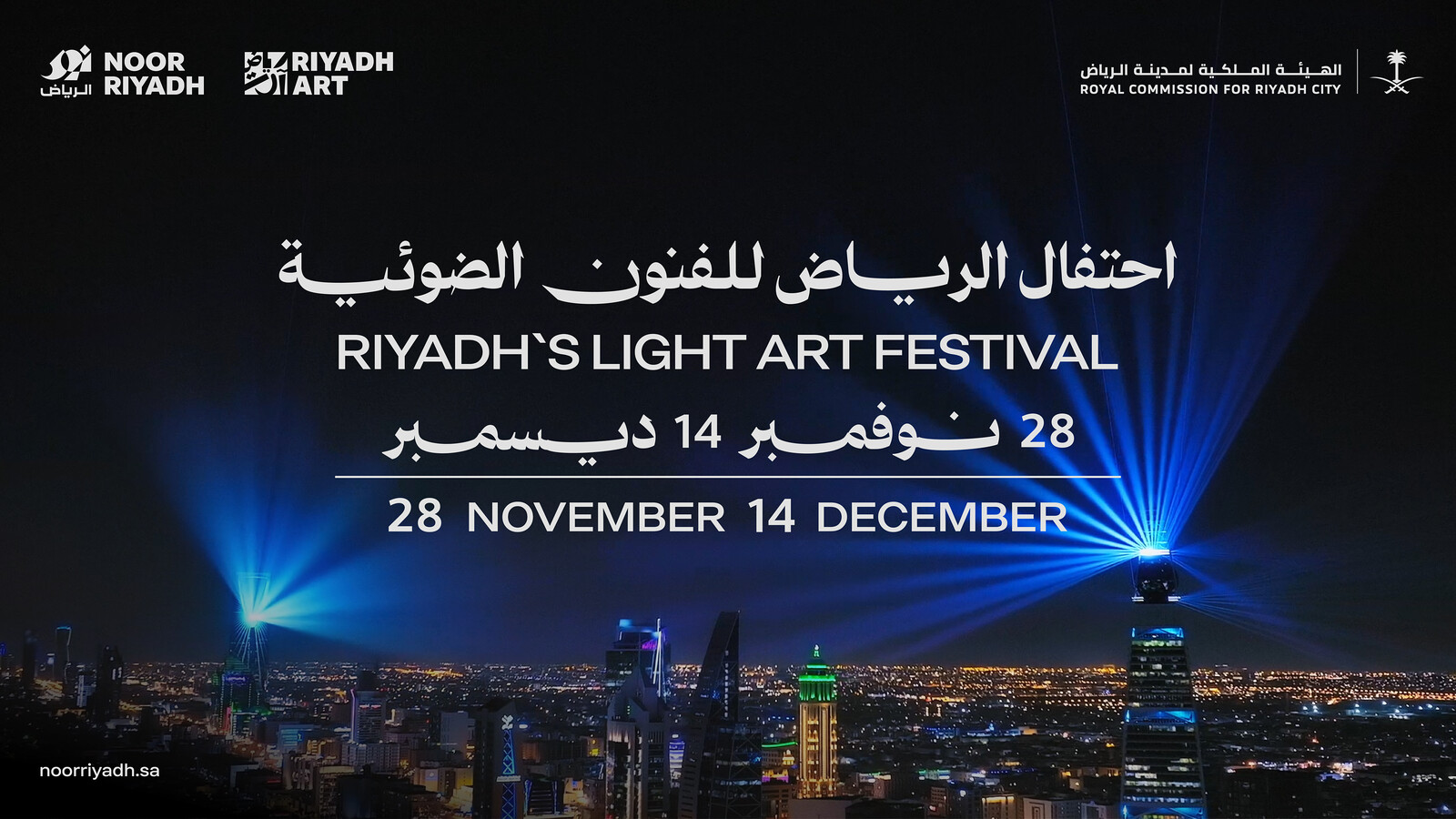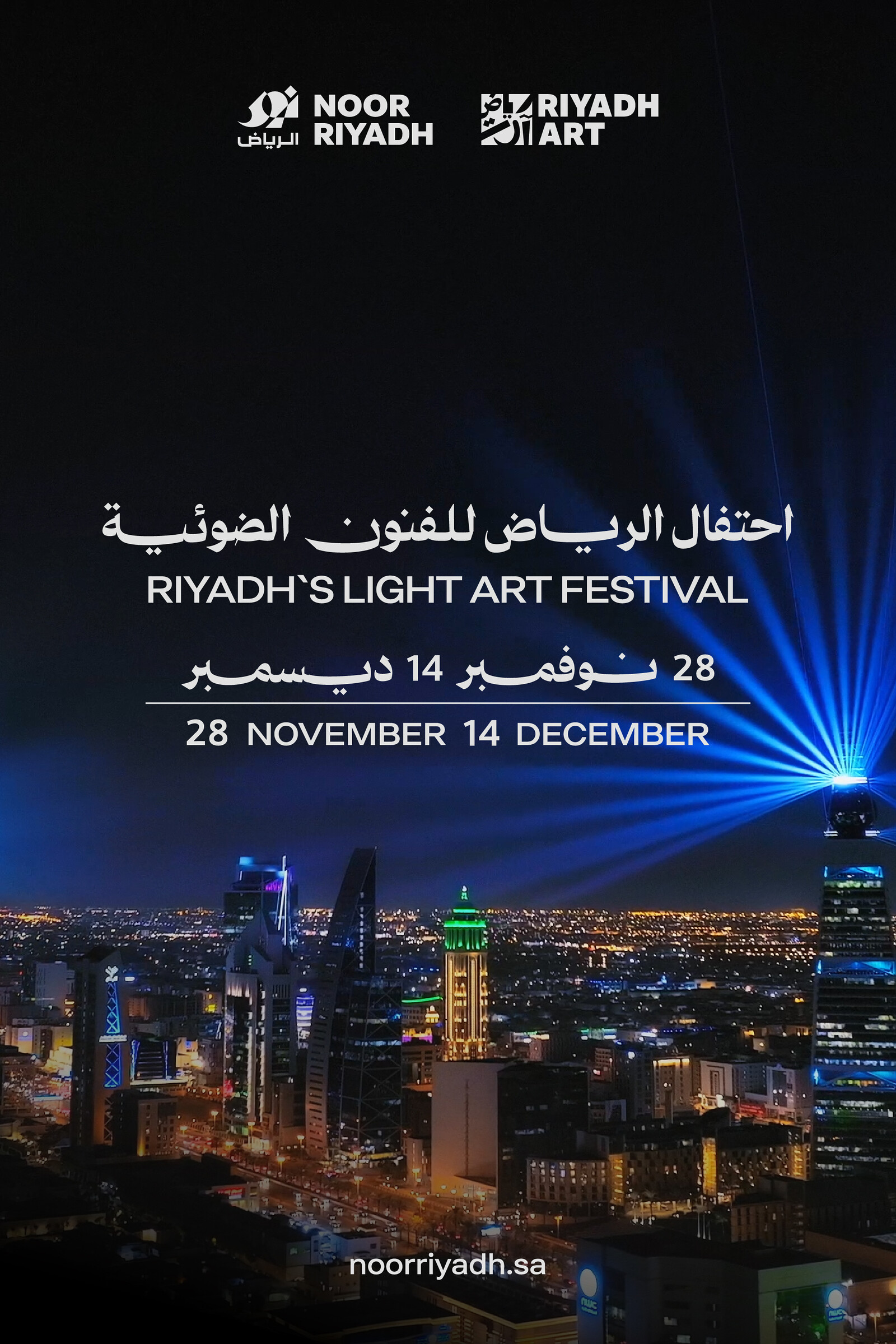Willem De Rooij
double double
4 February–29 March 2015
Opening: 3 February, 7pm
Weltkulturen Museum
Green Room
Weltkulturen Labor
Schaumainkai 37
60594 Frankfurt am Main
Germany
Hours: Tuesday– Sunday 11am–6pm,
Wednesday 11am–8pm
Three nearly identical blankets are placed in three nearly identical vitrines in three nearly identical exhibition rooms. One of the blankets comes from the Weltkulturen Museum’s ethnographic collection. It was given to the museum in 1834 and is made from tightly woven duck and goose feathers. This rare Californian blanket is a serial object. Its design and technique are repeated—with alterations and variations—in all of the 14 feathered Californian blankets known to be in existence today.
The feathered blanket is a direct reference to De Rooij’s installation Intolerance, produced for the Nationalgalerie in Berlin in 2010–11. A central feature of this installation was a group of 11 feathered ceremonial objects from 18th-century Hawai’i. The feather-motif was made more complex by a selection of paintings by Dutch 17th-century painter Melchior d’Hondecoeter, which depict various birds in situations of conflict and stress. Here too, notions of appropriation, mirroring and seriality connected the individual objects on display.
Two further blankets in the Weltkulturen exhibition are copies commissioned by De Rooij. They are made of camel hair and, in turn, echo the feathered blanket as well as each other. The ethnographic object is spatially sandwiched between its two replicas.
De Rooij’s interest in camel hair derives from a work he created in 2011 titled Farafra, which consists of a 15-minute collage of camel sounds installed in a semi-dark space. Due to its throat morphology, the camel is able to produce an exceptionally broad range of unusual utterances. For De Rooij, it signifies both oral and visual difference. Its ambiguous pictorial status is often used in Western contexts to indicate the exotic orient and the incongruous. Today the camel has acquired an additional ambivalence, having become like certain birds, the carrier of a 21st-century zoonosis, an animal-transmitted disease that affects humans. In this way, the organic constituents of these feather and camelhair blankets make complex references to mobility and isolation across history.
De Rooij has incorporated hand-woven tapestries in his work for over six years. He produces these with Ulla Schünemann, whose workshop near Potsdam, which was established in the 1920s, still uses 300-year-old looms. For De Rooij, these various tapestries connect and cement the different strands within his work. Each new version adds to the growing syntax of the series and becomes part of a family of works.
In the USA, a Double Double Burger (invented by the Californian fast food chain In-N-Out) is a construction of two burger patties held together by two layers of melted cheese and framed by two half buns. In the installation double double the different doublings, mirrorings and quotations of earlier works hold each other in place, and make each other visible. In turn, the exhibition space of the Weltkulturen Labor mirrors Frankfurt’s skyline and its post-modern modular structures on the other side of the river Main.
Willem de Rooij (b. 1969 in Beverwijk, Netherlands) is Professor of Fine Arts at the Städelschule in Frankfurt am Main. He studied art history at the University of Amsterdam, art at the Gerrit Rietveld Academie and at the Rijksakademie in Amsterdam. Between 1994 and 2006, he worked in collaboration with Jeroen de Rijke, as De Rijke / De Rooij. De Rooij received the Bâloise Art Prize in 2000, a Robert Fulton-fellowship at Harvard University in 2004 and a DAAD Stipend in 2006–2007. He represented the Netherlands at the Venice Biennale in 2005. Major solo exhibitions include The ICA, London (2002), Kunsthalle Zürich (2004), K 21, Düsseldorf (2007), Museo d’Arte Moderna di Bologna (2008), Neue Nationalgalerie, Berlin (2010), Kunstverein München (2012) and The Jewish Museum, New York (2014). His works can be found in the collections of Stedelijk Museum in Amsterdam, MUMOK in Vienna, Hamburger Bahnhof in Berlin, Centre Pompidou in Paris, MOCA in Los Angeles and MoMA in New York.



